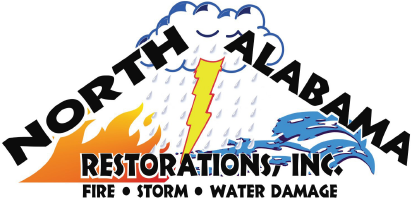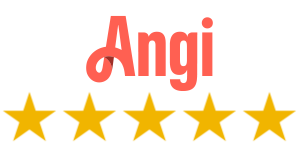Did you know water damage claims make up nearly 30% of all homeowner insurance claims in the U.S.? This shows how vital it is to know how to remove water. It’s key for fixing homes and properties after leaks or floods. Knowing the right steps can help avoid long-term damage and get a property back to normal.
Key Takeaways
- Water damage claims make up nearly 30% of all homeowner insurance claims in the U.S.
- The water removal process involves multiple stages: extraction, dehumidification, and restoration.
- Effective water extraction methods can prevent further property damage and mold growth.
- Dehumidification is key for removing leftover moisture in affected areas.
- Professional water removal services often use advanced equipment for thorough drying.
- Quick action is vital for a successful water removal process.
Water Treatment Process
The water treatment process has several stages to make water safe to drink. Each stage is important to remove harmful substances and clean the water well. The main stages are coagulation, flocculation, sedimentation, and filtration.
Coagulation
Coagulation is the first step. Chemicals like aluminum or iron salts are added to the water. These chemicals help dirt and other particles stick together, forming bigger clumps. This step is key to removing hard-to-get impurities.
Flocculation
After coagulation, flocculation starts. This stage involves stirring the water gently. It helps the particles stick together into even bigger clumps called flocs. These flocs are easier to remove from the water, making the next steps more effective.
Sedimentation
In sedimentation, gravity is used. The flocs settle at the bottom of the tank. This step removes solid contaminants from the water, making it clearer. Gravity helps take out a lot of the dirt before the water goes through filtration.
Filtration
Filtration is the last step. The water goes through layers of materials like sand and activated carbon. This step removes tiny contaminants, making the water safe to drink. Filtration is essential for cleaning the water completely.
Desalination and Brackish Water Treatment
Desalination and brackish water treatment are new ways to find fresh water. They help where clean water is scarce or polluted. These methods turn salty or brackish water into safe water for drinking, farming, and industry.
Thermal Desalination
Thermal desalination heats salty water and turns it into steam. The steam is then cooled to get pure water. This leaves salts and other bad stuff behind. It works well where there’s a lot of heat, like near the sea.
Membrane Desalination
Membrane desalination, like reverse osmosis (RO), uses special filters. These filters remove salt and minerals from salty water. It’s very good at cleaning brackish water, which is less salty than seawater. It’s used in small and big plants all over the world.
Importance for Coastal Communities
Desalination and brackish water treatment are key for coastal areas. They deal with saltwater getting into freshwater. These methods give a steady water supply. They help local economies, health, and make communities stronger against drought and climate change.
Conclusion
Understanding and using advanced water extraction methods and restoration techniques is key. These methods help tackle water-related problems effectively. From coagulation and flocculation to desalination, they offer a complete solution for different water issues.
These technologies do more than just clean up water. They are critical for keeping people healthy and the environment balanced. Advanced desalination and brackish water treatment are essential for coastal communities. They provide a steady water supply in areas where fresh water is hard to find.
These water treatment and extraction methods are vital for both immediate damage repair and long-term growth. By investing in these technologies, communities can prepare better for water-related challenges. This ensures a healthier and safer future for everyone.






